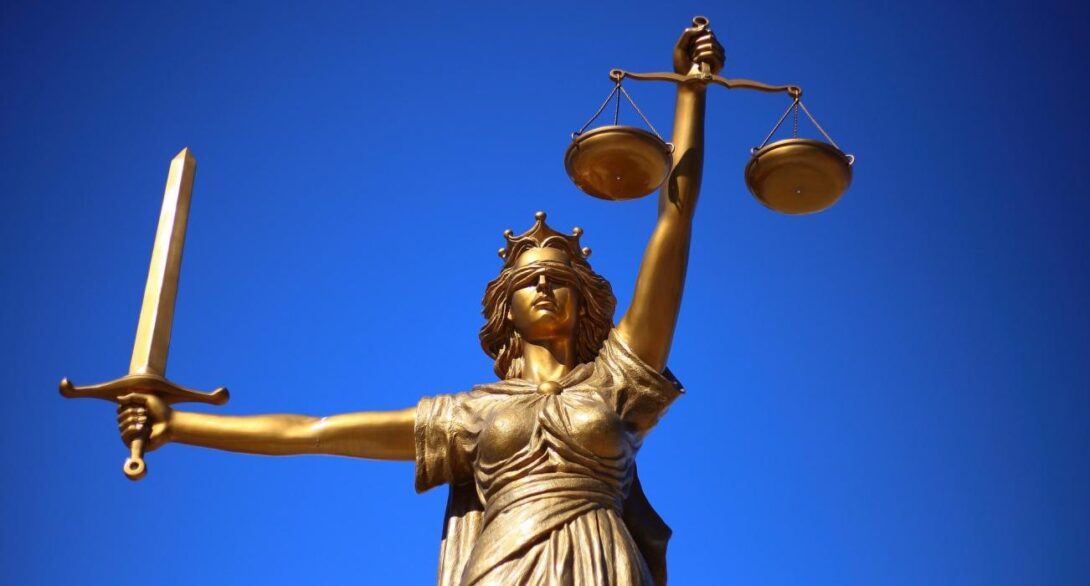
Concluding my review of the legal doctrine of fair use, I will cite a number of interesting materials that will be useful to those interested in this topic. In addition to several judgments recently reviewed in the blog, one academic work and a series of articles are worth mentioning.
One of the most authoritative books on fair use is William Patry’s Patry on Fair Use, new edition 2015. The author has been working on the problem for 28 years, constantly adding to the book. This solid monograph of over 1000 pages examines the history of the formation of this legal instrument, all the main theoretical issues of the application of doctrine and judicial practice. The book has been repeatedly referenced by justices of the US Supreme and other courts. Unfortunately, only a paper version is offered at a solid price.
But the articles are in the public domain (published in the Washington Law Review). They are interesting because they were prepared by prominent American legal scholars for a symposium dedicated to the 10th anniversary of the US Supreme Court decision in the Campbell v. Acuff-Rose. This decision has become a true cornerstone of the fair use doctrine. It has been carefully studied and cited to this day. The symposium was held in April 2015 at the University of Washington School of Law. If you want to know all the most relevant and important about the fair use doctrine today and tomorrow, do not pass by.
For a brief but comprehensive overview of all the material, see Zahr Said’s article “Foreword: Fair Use in the Digital Age, and Campbell v. Acuff-Rose at 21 “, so I’ll literally walk to the top.
- Pierre N. Leval in Campbell as Fair Use Blueprint provides a historical overview of the formation of fair use jurisprudence, reveals the significance of the Campbell case, analyzes the relationship and significance of all factors of the doctrine, raises the complex problem of the relationship between subsequent and derivative works that are created as a result of similar creative processes (transformation and processing), but lead to different legal consequences (the copyright holder retains copyright only for the second type of works, but loses for the first). Finally, he encourages the rejection of the false idea that fair use requires good faith.
- Pamela Samuelson, in Possible Futures of Fair Use, discusses a dozen major implications of the decision under discussion, especially two of the most important ones: the growing role and broad interpretation of “transformative use”. It is this element that becomes central to the doctrine and predetermines its future. P. Samuelson conducts a deep analysis of the types of “transformation”, reinforcing the reasoning with judicial practice. It also addresses a wide range of issues, from doctrinal (how courts interpret the 4 factors; issues of aesthetic evaluation of works) to practical (how courts treat commercial licenses in JI cases). Explains the importance of rebutting two previous presumptions that skewed doctrine in favor of copyright holders. Finally, he gives his vision and competent recommendations for the future development of the JI doctrine.
- Jeanne C. Fromer’s article “Market Effects Bearing on Fair Use” demonstrates how, in terms of market effects, Campbell’s solution was not fully understood. The negative impact on the market is investigated when analyzing the fourth factor of the CI doctrine. However, the courts overlook half of the issue – the positive impact of fair use. The defendant today is limited in his ability to prove that his use of the protected work brings market benefit, and not harm, or not only harm. Exploration of both will reduce unfounded claims, broaden the application of doctrine, and positively impact the development of subsequent creativity. This will benefit both the market and society.
- Jessica Litman, in Campbell at 21 / Sony at 31, advocates the idea that the expansion of the author’s rights, in order to compensate for the negative effect, must be accompanied by an expansion of the fair use doctrine. The legislator and the courts took an important step in this direction, but did not formulate their position very consistently. How to fix this is discussed in the article.
- Lydia Loren in Fair Use: An Affirmative Defense proves that the legislator did not intend to recognize fair use as a form of judicial protection of affirmative defense. Therefore, this conclusion of the court in the Campbell case is completely incorrect. This is an important issue, since the distribution of the burden of proof is distorted, which directly affects the outcome of the case, the plaintiff avoids properly proving the basis of the claim, and the defendant cannot timely use judicial protection. As a result, doctrine is less stimulating for subsequent creativity than it could. It is high time to correct the error of the court.